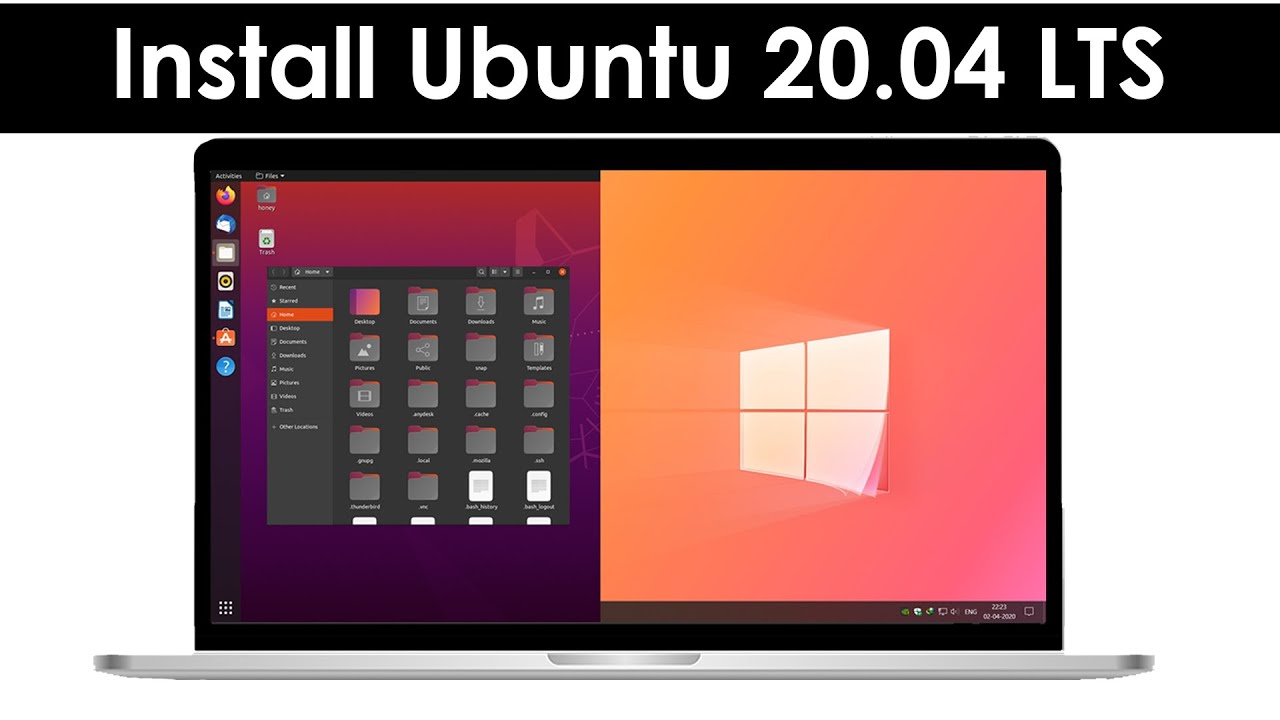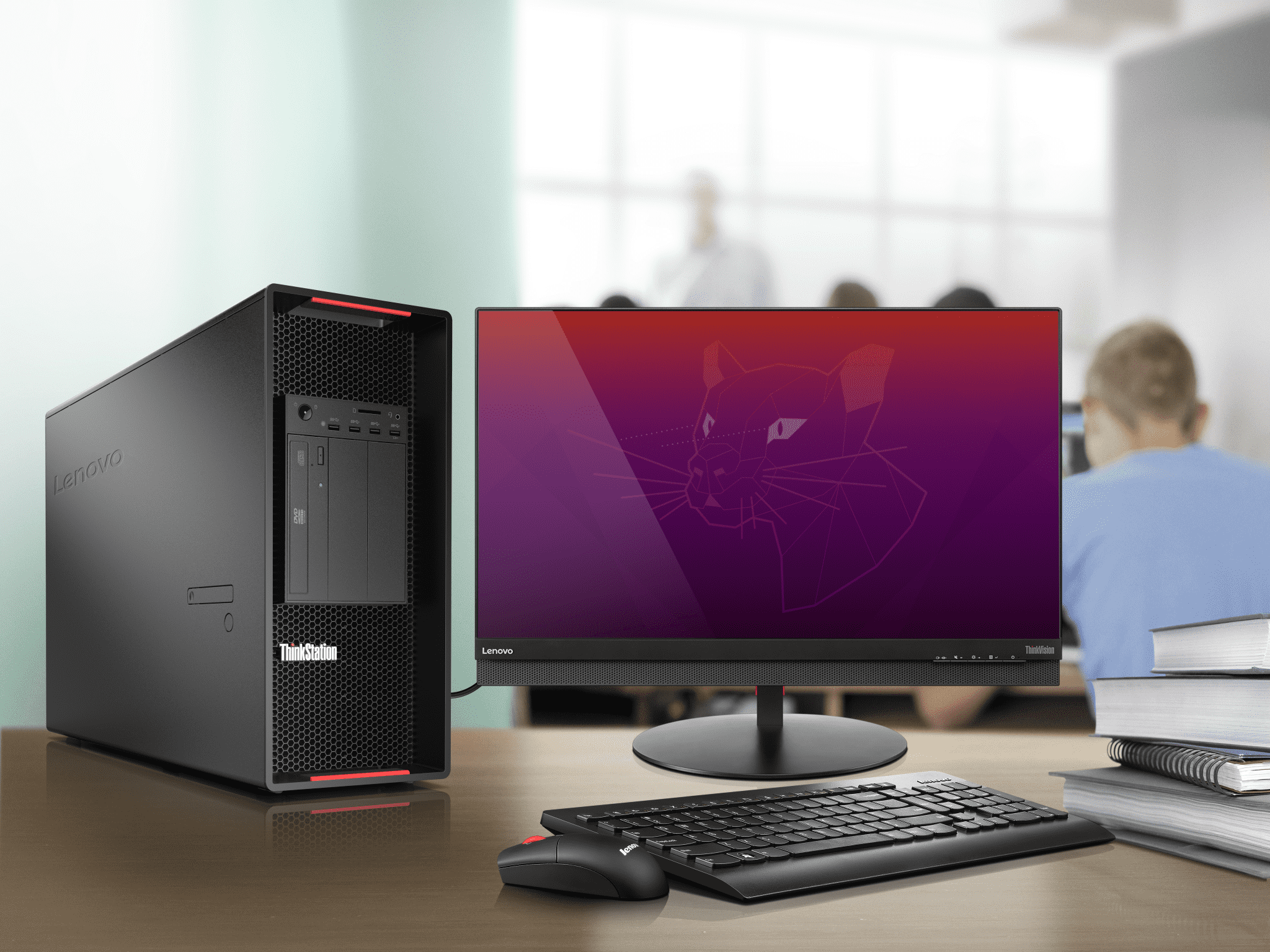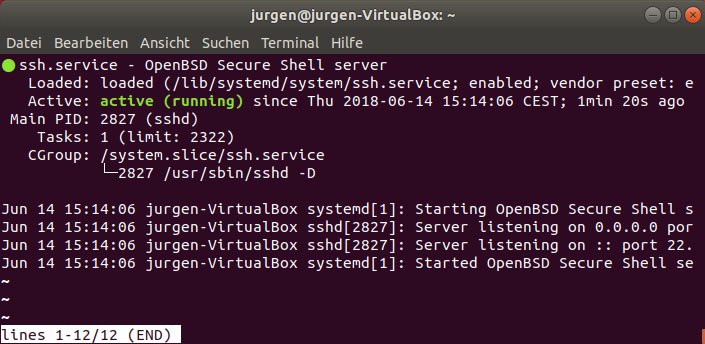Most hosting control panels have the option to set a different PHP version per site. This great functionality is not that easy to replicate in a development local environment. I will explain here the method I have been using for recent years.
It is based on preparing some tiny scripts which load and unload Apache modules and set cli defaults. This way, the change between PHP versions in a 3 seconds execution time one-liner command. This method only applies to Debian-based systems and changes PHP version for the whole system, not on a per-site basis as hosting control panels do. On the other hand, PHP is loaded as a module so its administration is the simplest available. We keep these technologies for our production and integration environments where they are better needed.
This open-source project provides the default configuration that otherwise needs to be done manually. This will download the latest stable release of Drupal in the /var//example.localhost/web folder. This will also install drush and drupal-console which will be relative to the example.localhost folder. Problem/Motivation Upon installing Drupal 9 or any 8.8.1+ The installer works correctly with Drush. If you run sudo apt-get install drush drush is installed /usr/share/drush as default. So /usr/share/drush/drush has to executable in your $PATH environment variables .
Great care should be taken while editting this file!!!. You need to use sudo to run Docker commands. Continue to Post-installation steps for Linux to allow non-privileged users to run Docker commands and for other optional configuration steps. Before installing a new Drupal site, you need to have an empty database, so use either phpmyadmin or the command line to set up a database.
And make a note of the username and password for accessing it. Continue to Linux postinstall to allow non-privileged users to run Docker commands and for other optional configuration steps. It will include a one-time login to your new Aegir control panel, that is a URL to copy into your browser so that you can set the password for the "admin" user. Next, run the commands below to secure the database server with a root password if you were not prompted to do so during the installation. I know in the past there has been a time or two when I've blown away the vendor directory because I accidentally messed things up badly.
In this case, I thought composer would use what's in the lock file as the source of truth when installing dependencies, but that is not the case. If there's anything in the vendor directory that says it replaces a package that's in composer.lock, then the package in composer.lock will not be installed. If there are no PPAs, check the official website of the project and see if they provide some alternative ways of installing the application. Some projects provide .DEB files or AppImage files. Some projects have switched to Snap packages.
It's an excellent screenshot tool for Linux but it hasn't been updated in years and thus Ubuntu has dropped it from Ubuntu 18.10 and newer versions. Thankfully, some third party developer created a personal repository and you can install it using that. [Please read this detailed guide to understand PPA in Ubuntu.] You can search for packages and their PPA on Ubuntu's Launchpad website.
Ajenti is an open source web-based control panel for Linux server. It is used to manage Linux server using web browser. It is open source web based system management tool. You can manage your system remotely similar to Webmin.
Administrating your Linux system is easy with Ajenti. It is lightweight and powerful tool which make fast and responsive web interface. Ajenti is also suitable for both Dedicated and Virtual server.
You can also check server used Memory,CPU, Disk Space etc. To monitor server it has many add-on package available for monitoring server and services like MySQL, Apache, File System, Nginx, Samba, Munin, FTP and many more. This may be especially true if your module or library is missing required use statements, i.e., 9. Using Composer is far and away the easiest method to install Drush. Now add Composer's directory to your path by editing your .bash_profile Reload your terminal or just re-source the configuration you just added. Now that you have Composer working, you can install the latest Drush.
It is unnecessary to use the full file path to Drush to use the scripting interface. By adding an alias to your bash configuration file, you can save yourself some more time and effort. Basically, we will create a shortcut to the Drush directory, so you do not need to completely type it out or search Bash history each time you want to run quick scripts. Honestly though, I'd install Drush manually the way lfx notes in his comment. The syntax changes between Drush major versions and if you let apt manage this, you could inadvertantly upgrade your Drush install. Assuming you have Drush installed and working properly, just type drush status in your command prompt.
It will give you drush version as well as Drupal version info. If you have aliases set up for remote sites, you can run drush @alias status and it will give you the status info for that remote system. Looks like an issue connecting to the database. Are you able to connect to it using a mysql client and command line? Also you are installing an older dev version of Drupal 8, by the way. We then need to create a Drupal database, a user in that database, and give that user a new password.
Keep in mind that all MySQL commands must end with semi-colon. Go to your web browser and enter the below URL. The login page of Ajenti appears on the screen. Provide the default credentials username "root/admin" and password "admin" then click Log In.
Before installing Ajenti on system add the repository key of Ajenti packages and download the key using wget command. Follow the below command to download repository. Make sure you have Composer and Drush installed on your Drupal server before running this command.
Please also ensure your current working directory is your Drupal root folder. To be able to call drush from anywhere, install the Drush Launcher. That is a small program which listens on your $PATH and hands control to a site-local Drush that is in the /vendor directory of your Composer project. To use a non-default PHP, edit ~/.bashrc so that the desired PHP is in front of your $PATH.
Enter "password" when you are prompted for password. If you get a "Database exists" error, please issue "mysqladmin -u root -p drop d7" to delete the existing database and then issue the create command.. Drush is a command line shell written in PHP and Unix Scripting interface for Drupal. Drush core ships with lots of useful commands for interacting with code like modules/themes/profiles. Drush is a useful tool to perform various admin tasks just by using one or two commands in the Terminal, instead of using many steps to setup Drupal.
However, in order to use this scripting technique, you will need to know a little bit about your bash installation. Specifically, you must know the location of your bash configure file. This could be the .bashrc file or the .bash_profile file.
By default, these files will be located in your user's home directory. The steps above will install the most current stable version of Drush onto your server. You may, however, need a specific version of Drush installed. For example, if you are using PHP version 5.2, you cannot use Drush version 6. To do this, simply enter the install command as shown below.
In this tutorial, we will show you how to install Zikula on Ubuntu 20.04 LTS. Please note that Ubuntu 12.04 LTS installs, by default, an insecure MySQL installation that contains an anonymous user grant, allowing anyone to login without a password. Note that newly created domain name usually take 24 to 48 hours to fully start working.
In this line we are passing a standard profile, name of the drupal profile to install along with MySQL username, password, and newly created database name. I installed Drush with sudo apt-get install drush. To do that, run the commands below to create a new configuration file called drupal.conf in the /etc/nginx/sites-available/ directory to host our Drupal server block.
After installing curl and Composer above, change into the Nginx root directory and download Drupal packages from GitHub. Always replace the branch number with the latest branch. As we also mentioned above, we're installing PHP on Ubuntu since Drupal requires it.
PHP packages are added to Ubuntu repositories. The versions the repositories might not be the latest. If you need to install the latest versions, you'll need to add a third party PPA repository. You need to adjust the authentication method for the MySQl user you're using with Drupal . You can't do that through Drupal, you have to login MySQL through terminal or go through some other way of configuring your installed database server.
Now we need to add a path to the Bashrc file, this basically enables us to use drush as a shorthand command rather than it's full path. If you don't have a .bashrc file in your home directory then you will need to create one. Thanks, this saved me a lot of time after running composerize and installing drush 10. When you have a freshly installed Ubuntu system, the cache is empty. This is why you should run the apt update command right after installing Ubuntu or any other distributions based on Ubuntu . If the package is not in this cache, your system won't be able to install it.
This command won't update Ubuntu straightaway. I recommend to get through the concept of Ubuntu repositories. Basically, the 'apt update' command builds a local cache of available packages. If WP-CLI is owned by root or another system user, you'll need to run sudo wp cli update.
You can update WP-CLI with wp cli update , or by repeating the installation steps. To disable the testing repository, you can edit /etc/apt/sources.list and remove the word testing from the appropriate line in the file. Before installing Drupal by using Drush command line at first we need to setup the local-server in our device. Follow this link for setting up the local-server.
You will need a VPS, or Dedicated server to get root access, and install drush. Drupal 8 will have been out for two years now. I was able to install Composer, but for whatever reason when I follow the procedure to install drush, it does not install on the server. I am just having a hard time finding any way to prevent the on-click of this function from clearing and resetting everything else. First, make sure that all your system packages are up-to-date by running the following apt commands in the terminal.
To verify that the installation of PHP 7.2 has been successful, restart Apache and create a "phpinfo.php" file in the Apache root. In the next steps you will see how to install Apache, MariaDB and PHP on your Ubuntu 20.04 server, before proceeding with the installation of Drupal. If these components are already installed on your server, skip these steps and proceed directly to the fourth step "Creating the database for Drupal". The terminal is pre-installed on Linux and MacOS, but you will probably need to install additional software to use Drush if you are using Windows. We would recommend to install "Git Bash" for this.
If you haven't had it already, download and install the Git for Windows package from Google. This is the best terminal available for the Windows platform. Lock file prevents you from automatically getting the latest versions of your dependencies.
To update to the latest versions, use the update command. This will fetch the latest matching versions (according to your composer. json file) and update the lock file with the new versions. Now use the following command to check installed php version on your system. Next, you'll want to change some PHP configuration settings that work great with Drupal. Run the commands below to open PHP default configuration file. Once PHP is installed, the commands below can be used to start, stop and enable PHP-FPM services to automatically startup when the server boots.
You should automatically be logged in to the database server since we initiated the login request as root. Only the root can login without password, and only from the server console. If you've just installed MariaDB, and haven't set the root password yet, you should just press enter here. Drush creates the database for you when you install Drupal. So, all the steps about adding databases should be removed. If you're trying to use a package make sure that 'react-icons/Bi/index' is installed.



























